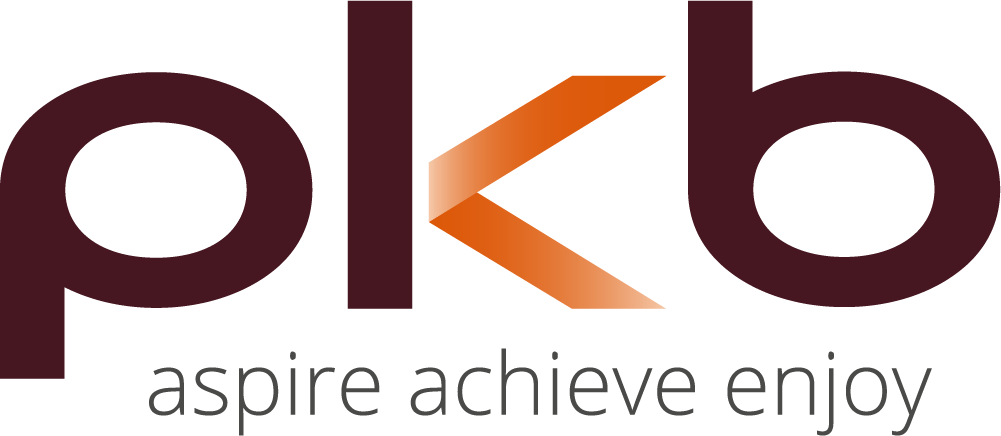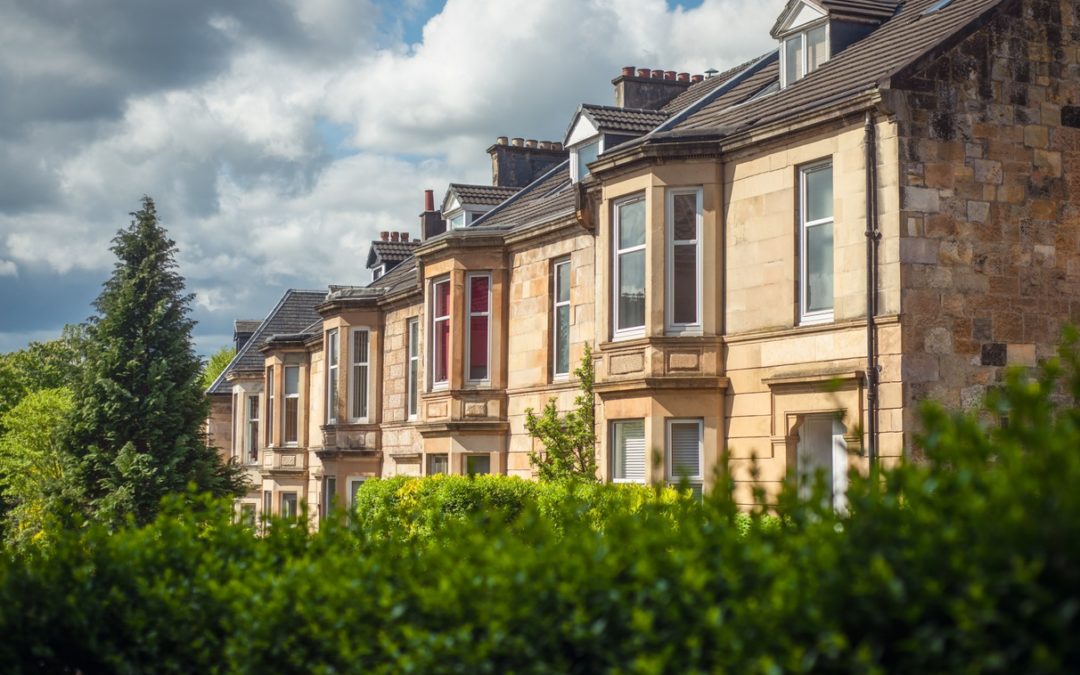More than 14 months after it first came into effect, the stamp duty land tax holiday in England and Northern Ireland has come to an end.
The tax break meant that buyers who purchased a residential home for less than £500,000, didn’t have to pay stamp duty land tax until 30 June 2021. The exception to this was landlords who still had to pay the usual 3% surcharge.
HMRC collected £5.7 billion in stamp duty between April and July 2021, £2.2bn more than the same pandemic-affected period in 2020. Unsurprisingly, July 2021 was the highest month on record for stamp duty land tax receipts, after £1.3bn was collected from residential completions.
Many of those July receipts related to June completions, due to the 14-day window in which stamp duty needs to be paid.
From 1 July to 30 September 2021, a tapered regime saw no stamp duty paid on the first £250,000 of a residential property completion.
From now until at least 31 March 2022, house buyers will pay stamp duty for purchases above £125,000, as the usual nil-rate threshold is reintroduced. The 2% tax rate which applies on the portion of the house price between £125,001 and £250,000, also returns after being omitted for the holiday.
On properties up to £925,000, the 5% tax rate applies. The rate then rises to 10% for homes up to £1.5m and then 12% for the portion above £1.5m.
If you have any questions about property taxes and how they affect you, please don’t hesitate to get in touch with PKB.
To read news and blogs from Rebecca Austin, click here >>


